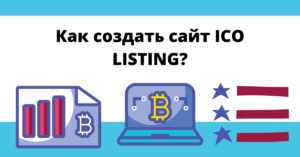As digital designs become more complex and important to businesses, our design approach user interface must adapt.
This led to an iterative design approach.
Содержание | Быстрая навигация
Is it easy for you to create a website?
It's hard to believe that more than 20 years ago it was possible to single-handedly create a web resource for an international brand. Not only is it important now design user interface!
Can you imagine a person building a website for an eminent brand today? Now many specialists are involved in this to create the user interface:
- UI designers,
- UX designers,
- user researchers,
- front-end developers,
- server side engineers,
- database experts,
- information architects,
- digital marketing specialists,
- digital project managers, etc.
No wonder we need these specialists. After all, the websites of most organizations are a hundred times more complex than they were 20 years ago. In addition, there are web apps, mobile apps, chatbots, and so on. This complexity has sparked explosive development in all areas, including user interface design.
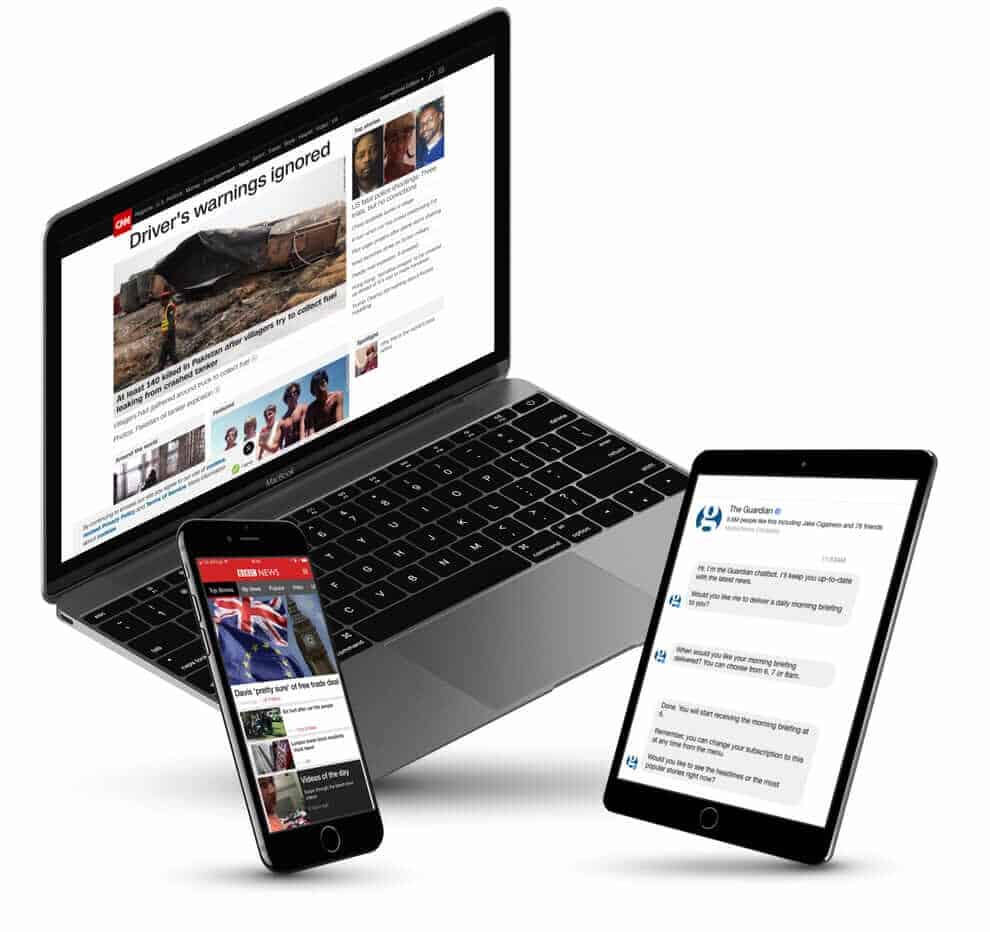
Why does interface design need to evolve?
As projects become more complex, costs increase. This increases the risk that the costs will be justified. At the same time, organizations can no longer operate without an effective digital presence.
User interface design should achieve the goal of driving sales. Otherwise, the business can lose significant investment and suffer serious damage.
Users are constantly raising their bids with growing expectations. These expectations are not determined by direct competitors. They are shaped by the latest best user experience that the audience has encountered.
Even if this interface belonged to a big Silicon Valley brand. He can invest millions in interface design. And now users expect to see a level not lower than this on other resources. And it doesn't matter to them that only a few can invest millions in design.
The only way organizations can deal with these increased demands is by building larger teams of many people.
It's no surprise that old models of website building are crumbling. It is no longer enough to simply fill content into templates. It's not enough for designers to throw UI sketches over the wall to developers. Website creation modern level - painstaking and interconnected work of different specialists.
But abandoning this model of web development has become a cultural challenge for many organizations. There are significant failures. Companies that tried to do massive redesigns ended up running over budget and suffering huge delays.
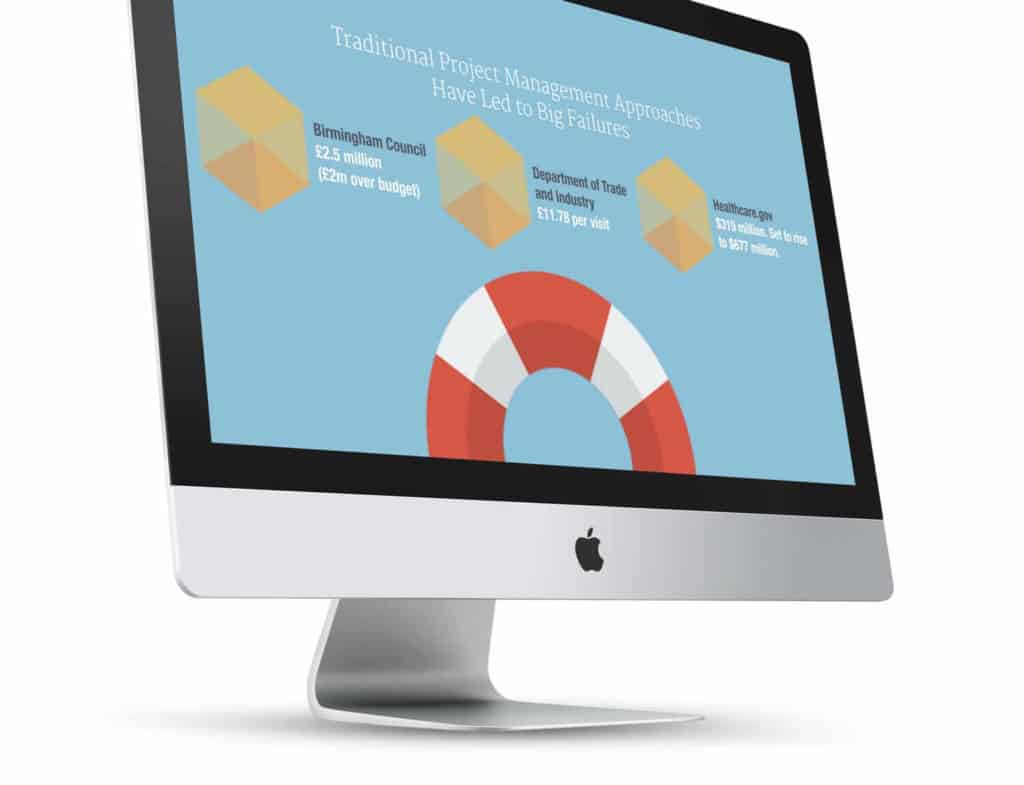
Amid all this growing complexity, it is from user interface design that new approaches are evolving. Design thinking, which introduces a more iterative approach to the development process and user interface design in particular.
Help: An Iterative Approach to User Interface Design iteration - "repetition". it PDCA cycle: Plan-Do-Check-Act Cycle. Development, continuous analysis of results, adjustment of previous stages of work, and so on until the completion of the project.
There is no correct way to create a user interface. No pattern fits all solutions. But there is a shift from a linear to an iterative approach, where collaboration is key and ideas are constantly being reconciled. This is an approach that often begins with what has come to be known as the discovery phase.
Introduction of the opening phase.
Even the most traditional projects started with some form of preparatory phase before work began. The time when the project is defined and you set expectations. But the discovery phase is a "unique beast."
More traditional projects start with the question “what we want to achieve? ", the opening phase asks:" what user wants to do? "
This does not mean that the goals of the organization are not important. Rather, it shows that the user's needs are underrepresented. You must pay special attention to them. In most cases, focusing on the needs of your audience can help you achieve your organisation's long-term goals.
The answer to the question of what site visitors want to achieve can be found through user research. This is not the same as the more traditional market analysis that has been done over the years. User research focuses on understanding their needs, not how to convince them to buy.
The emphasis is on observing customer behavior rather than polling their opinions.
You have replaced focus groups and demographics with a top-priority analysis and a focus on user questions. Likewise, you can look not only at marketers but also at empathy cards and customer cards.
Empathy cards shift the focus from convincing your target audience to meeting their needs.
But the phase of discovering the UI design is different. It is usually significantly shorter than its more traditional counterpart. This is because user interface design recognizes that change is inevitable and even desirable when you learn more about user needs.
Only when you have something tangible to test with your users can you truly understand their needs. What's more, adapting based on what you learn is relatively inexpensive as the raw materials, pixels, are free. There is no need to be afraid of changes in UI design projects. Instead, you must accept it.
Therefore, instead of a detailed specification, all that is required are well-articulated goals. Beyond that, you need a deep understanding of your audience and what success will look like from their perspective. This will significantly reduce the time spent before starting work.
Interface design and visual identity.
It's worth stopping at this point to talk about brand identity and aesthetic design. While they are closely related to user interface design and are in many cases done by the same designer, they are slightly different from each other. User interface design focuses on usability and interaction. Aesthetic design and branding place greater emphasis on feeling and emotional connection.
In many cases, most of the branding and aesthetics are already in place by the time a user interface development project begins. The designer has already established the brand identity. The main challenge is how to interpret this for the user interface.
However, this is not always the case. The project can be for a new product or service. It is also not uncommon for a brand to be updated simultaneously with a website redesign. In such cases, after the initial discovery phase, it is often necessary to address the problem of aesthetic design.
While there is no right approach, it is preferable to do it separately from the user interface design. This is because you are asking different questions and solving separate problems. Working on the image and mood of a web resource differs from working on functionality and convenience.
There are many tools that can help establish a brand's identity, including creating mood.
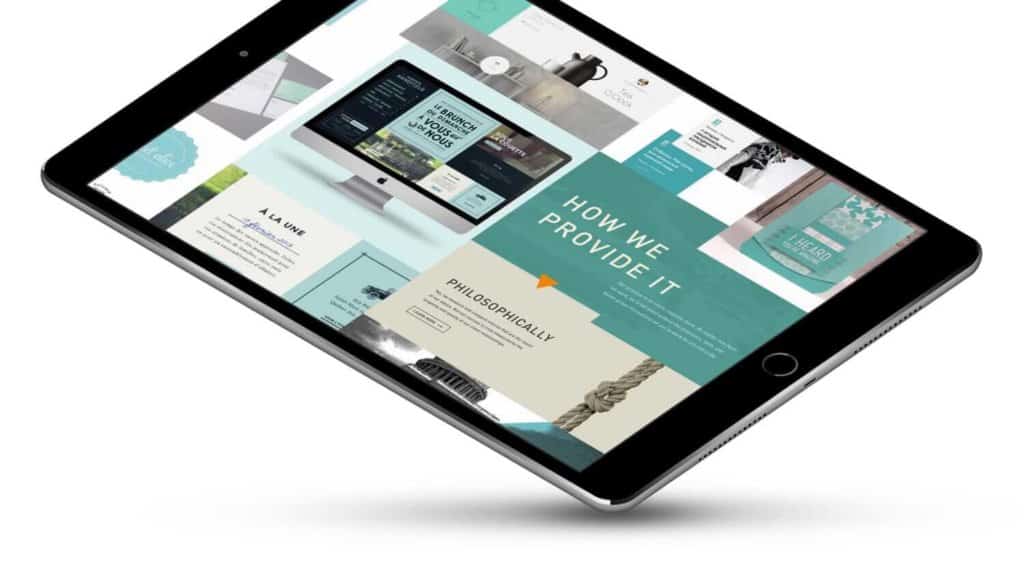
You can check if the perception of your brand meets the needs of the company. For example, you can define words that you hope will represent your brand. You can then show those words to users along with many others, including complete opposites, and see what they choose.
Keyword matching can be a useful way to determine if a brand's aesthetic is correct.
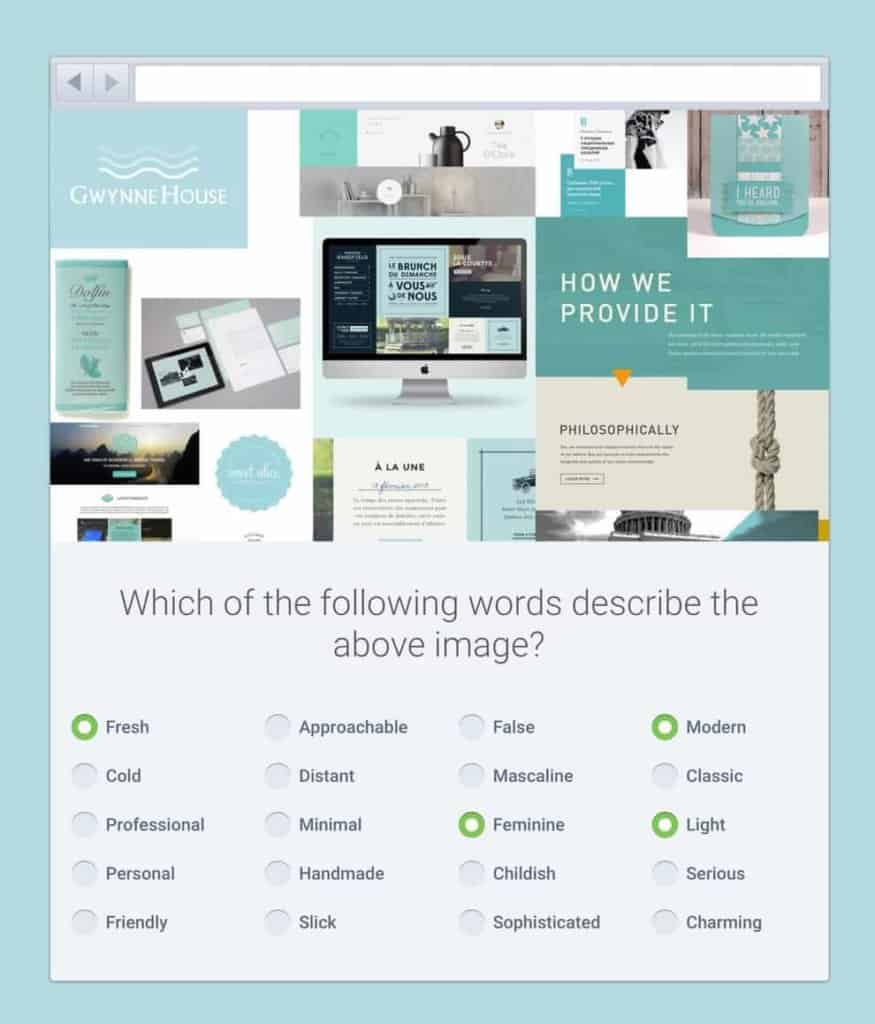
It is entirely possible to develop aesthetic design elements along with the user interface. But it's preferable to try to at least get the basics before starting work on the user interface itself. This allows you to focus your testing with users on a single design element.
Analysis is at the heart of the approach to user interface design. This is where prototyping becomes especially important.
Building iterative prototyping instead of specification.
In many ways, a prototype replaces a functional specification. This becomes the common vision of the project that everyone is striving for. However, unlike the technical specification, it is a flexible concept that evolves based on user feedback.
The discovery phase will identify many of the questions users want to answer and the tasks they want to complete. This is the foundation for your new website and related user interface design.
It is often best to start by sorting the cards by these questions and tasks. Each question or task is recorded on a separate record card. Users are asked to sort them into stacks that are meaningfully related and understandable to them.
In the card sorting exercise, users organize information into stacks that they think are related by meaning, purpose, or part of a common structure.
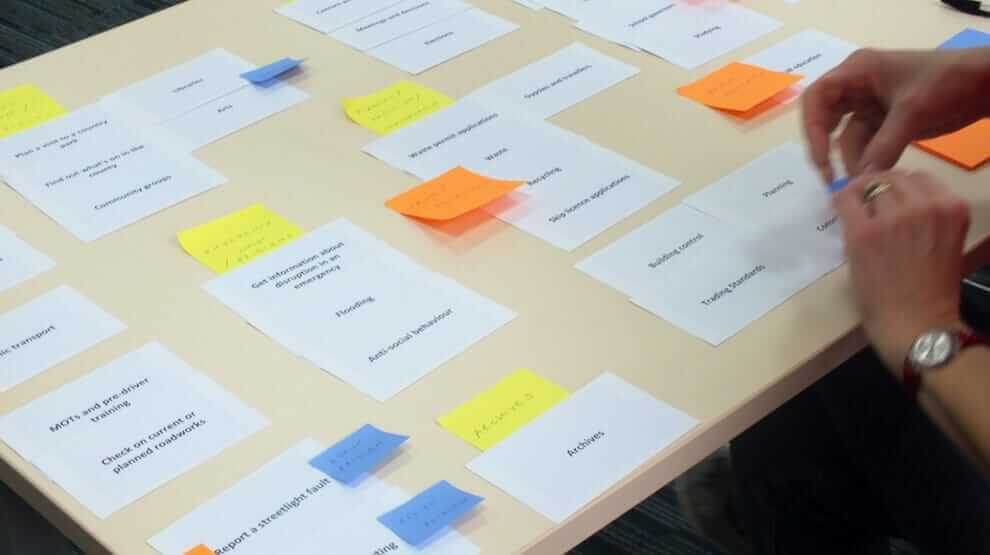
But this information architecture needs testing to make sure it is correct.
The process often begins by connecting the proposed information architecture to a content management system. At this point, the pages in our content management system are mostly blank. At the most, they simply list the questions that any particular page answers. But it normal. All we want to check is whether the site structure matches the user's mental model. Can users find a page that answers a specific question they are asking?
In other words, we have formed a hypothesis about a possible approach and are now checking whether we are right. If not, we can make additional refinements to the information architecture. If everything is correct, we can move on to the next stage.
This process of hypothesis, testing, and iteration is the backbone of the modern user interface design process. The same basic principle applies whether you're working on information architecture or any other aspect of user interface design.
The process of hypothesis, testing, and iteration is at the heart of the modern user interface design process.
Over time, we become more confident, and so we can start increasing the accuracy of our prototype:
- Content professionals can start identifying the key components of answering user questions and sketching in bullet points.
- UI designers can start thinking about the visual hierarchy of sites by introducing basic layout elements to draw users' attention to the main components of the page.
- Developers standardize user interface design elements in a template or pattern library. It is a reusable design component library from which we can build the final site. In many cases, it will provide consistency, improve maintainability, and reduce the cost of building sites.
Content authors can then begin drafting complete responses to user questions, and designers can introduce UI styles such as typography and color.
Thus, the design and content of the user interface will begin to appear during the testing and development process. Each round of iteration gradually improves the user experience, bringing the organization closer to the new version of their website.
This ensures there are no surprises when the company launches its new website and the public sees it for the first time. After all, users tested it at every stage.
From prototype to beta.
Once the development team and stakeholders become more confident in the direction of the prototype, it's time to start implementing it into the production environment. At this point, we can create a more robust architecture and the complex integration work will be completed.
This as yet unreleased website is often referred to as a beta. When the beta is robust enough, all contributors will have confidence in its ability to meet user needs. At this point, it would be tempting to launch the site live and call the job done. But that would be a mistake.
Although we tested the site with users during the creation phase, we have yet to see how real users interact with it naturally. To do this, we need to make our beta version publicly available.
Typically, we run the beta alongside an existing site on a subdomain. We can then sign the beta on the main site, asking users if they would like to take it for a test drive.
The beta must be publicly available so you can track how users interact with it in the real world.
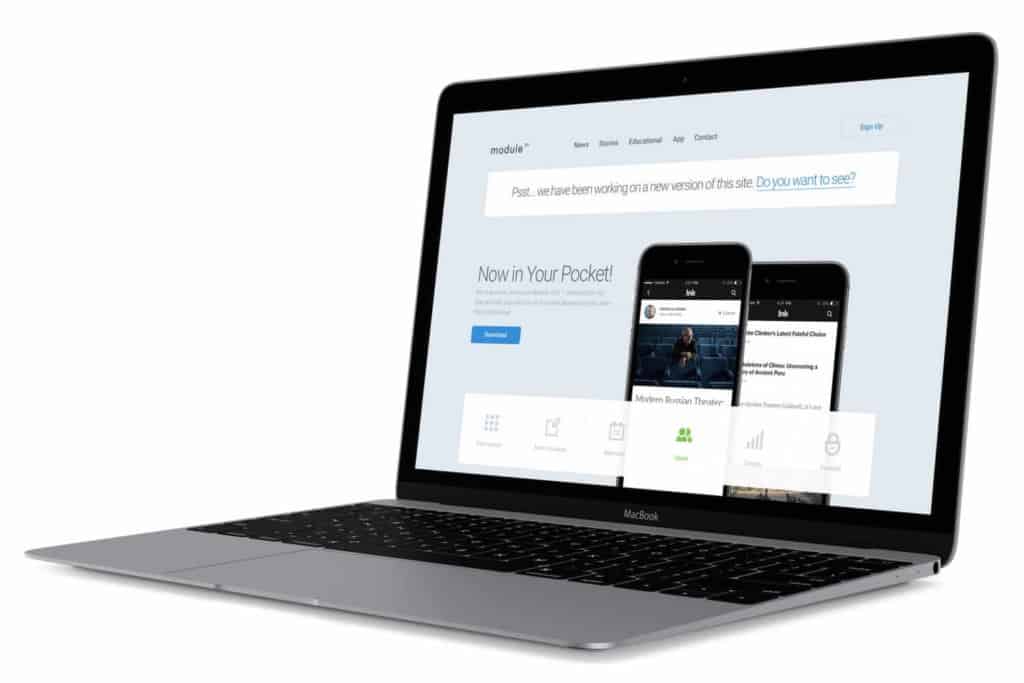
This enables us to track the reaction of users to a new website when they are not aware that they are being followed. Using analytics tools and session loggers, we can see users interacting naturally with the beta. This allows you to make final changes to the project.
Eventually, after further improvements in the beta, there will come a point where it will be better than the existing site. At this point, the team and stakeholders will decide to remove the existing site and replace it with a beta version. This is the “start living” moment, but this is not the end of the project.
Continuous monitoring, refinement and development.
One of the biggest mistakes I see in user interface design is the belief that when the site is up and running, the project will end. There is nothing further from the truth.
When your website goes live, digital data provides us with an unprecedented level of data about how real users interact with it. This treasure trove of information arrives at a time when money usually dries up in a traditional web project.
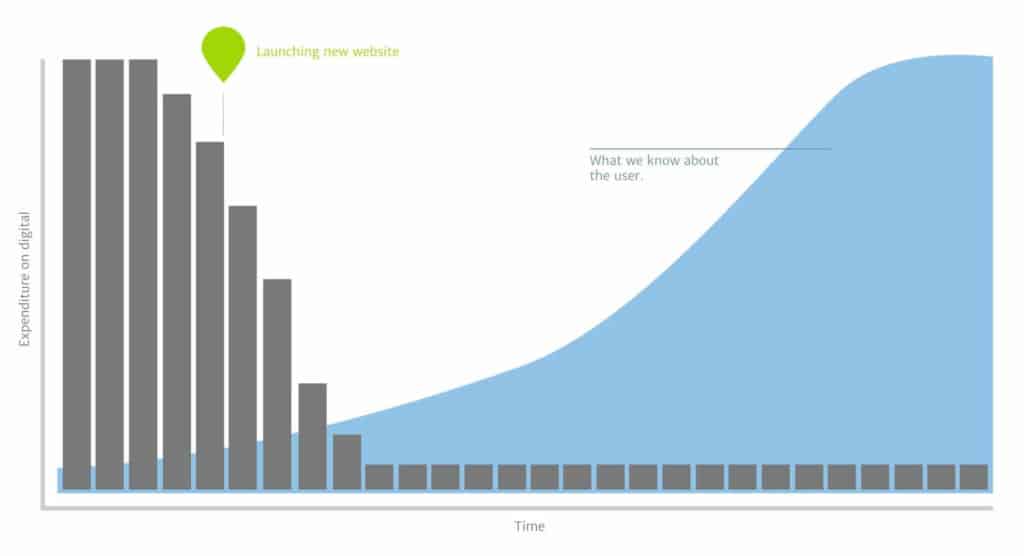
Fortunately, this mindset is starting to change, and more progressive companies are realizing that user experience and content can continue to evolve and improve even after they get started.
However, in the real world, teams cannot sit idly by repeating the same job over and over. There is always a next project. But what they can and should do is periodically return to their previous work. The digital team must look at analytics and identify areas for improvement. They should ask if consumer behavior or business requirements have changed.
In short, they should strive to grow their web presence every few months, and this includes user interface design.
This iterative approach to user interface design isn't perfect. This has its drawbacks, but it is significantly better than more traditional project management methods.
Benefits of iterating user interface design.
The irony is that the justification for abandoning this more iterative approach to UI design is the same reason they should be doing it.
For example, I often hear organizations complain that they don't have the time or money to build a prototype. Ironically, in my experience, prototyping provides significant cost savings and prevents inevitable project shifting.
By validating each stage of development, organizations can avoid costly mistakes and assumptions about user needs that would be expensive and time-consuming to fix later in the project. They prevent the cost of creating functionality that users don't need and get to market faster by avoiding long specification phases.
Iterative UI design also improves communication as everyone has a common vision for the prototype and stakeholders follow how it evolves. This educates them and ensures that everyone is heading in the same direction.
But above all, it avoids endless discussions and debates about the best approach. By testing with real users, you solve many of these problems much more quickly than through discussions among developers.
Another common objection is that the transition to this new model is too much of a risk. People would rather stick to the proven approaches that have been used for years. But how useful are these strategies? When was the last time you launched a website that was ahead of the competition and stayed relevant for more than a few months?
Too often, projects run over budget and fail to get to market quickly enough. Even when they do not fall into these traps, they often fall short of the goals of the organization.
One of the best things about iterative UI design is risk reduction. By continually testing ideas with users throughout the process, you can be sure that you are creating something that works and meets their needs.
This allows companies to be more confident in entering the market and know that their investments will be profitable. But you don't need to cover it all in one go. You don't need to switch to this approach overnight. Instead, use it for one low priority project and see what happens. Guaranteed that you will be pleasantly surprised.
When that works, try introducing some aspects into larger projects. Maybe this is the discovery phase, or at least some prototyping and testing. Even implementing some aspects of interactive user interface design is better than doing nothing.
Remember, there is no right approach. Make the new features work for you, adapt them to your needs.
⏩ How to distinguish a good UI prototype test?
If there are significant changes, they are consistent - this is a good result, if they are chaotic and do not improve the quality of the web resource, you need to work further.
❤️ What helps to test the user interface?
A / B testing or split testing are the most effective ways to assess the quality of a prototype.
⏩ Why does interface design need to evolve?
As projects become more complex, costs increase. This increases the risk that the costs will be justified. At the same time, organizations can no longer operate without an effective digital presence.
❤️ What is iterative design?
Design that changes as a result of continuous analysis of the results and is adjusted before the completion of the project.
❤️ What are the 3 stages of an iterative design model?
An iterative design process occurs in a continuous cycle that includes three unique stages: formulation, testing, evaluation.
❤️ Why is iterative design used?
Iterative design allows designers to quickly create and test ideas. Those that show promise can be quickly repeated until they are in sufficient shape for development; those who do not live up to expectations can be quickly abandoned. It is a cost-effective approach that puts user experience at the heart of the design process.
❤️ What is an example of an iterative process?
The process of trying something that might fail and then learning from the failures and successes in order to try again. In essence, it is an experiment that may not apply all the processes of the scientific method. For example, a child who makes a paper airplane drops it and modifies the design based on how well it flew.


